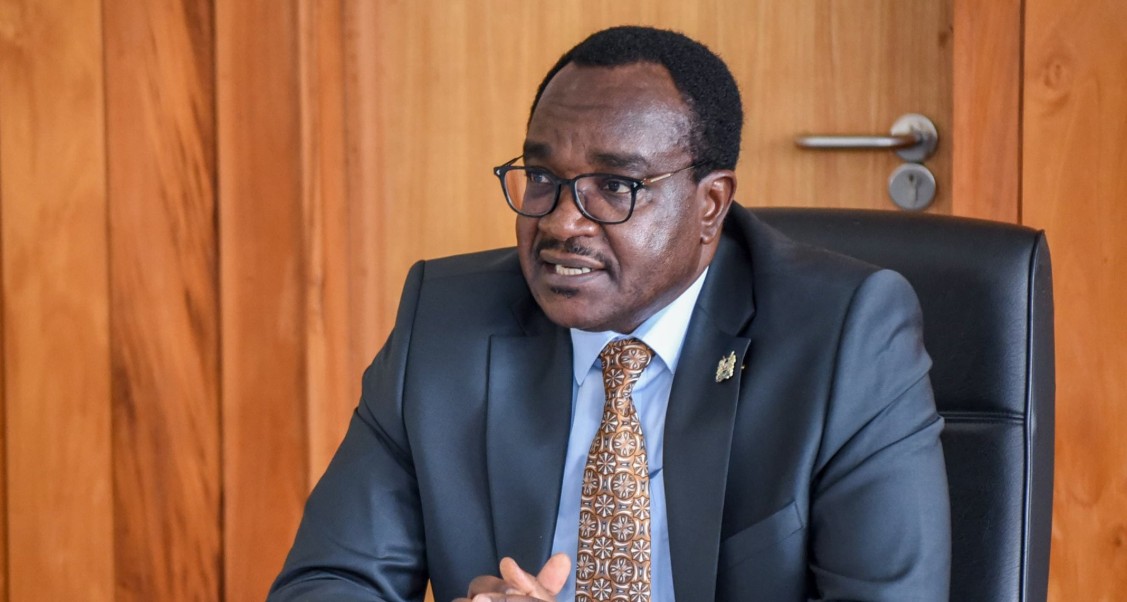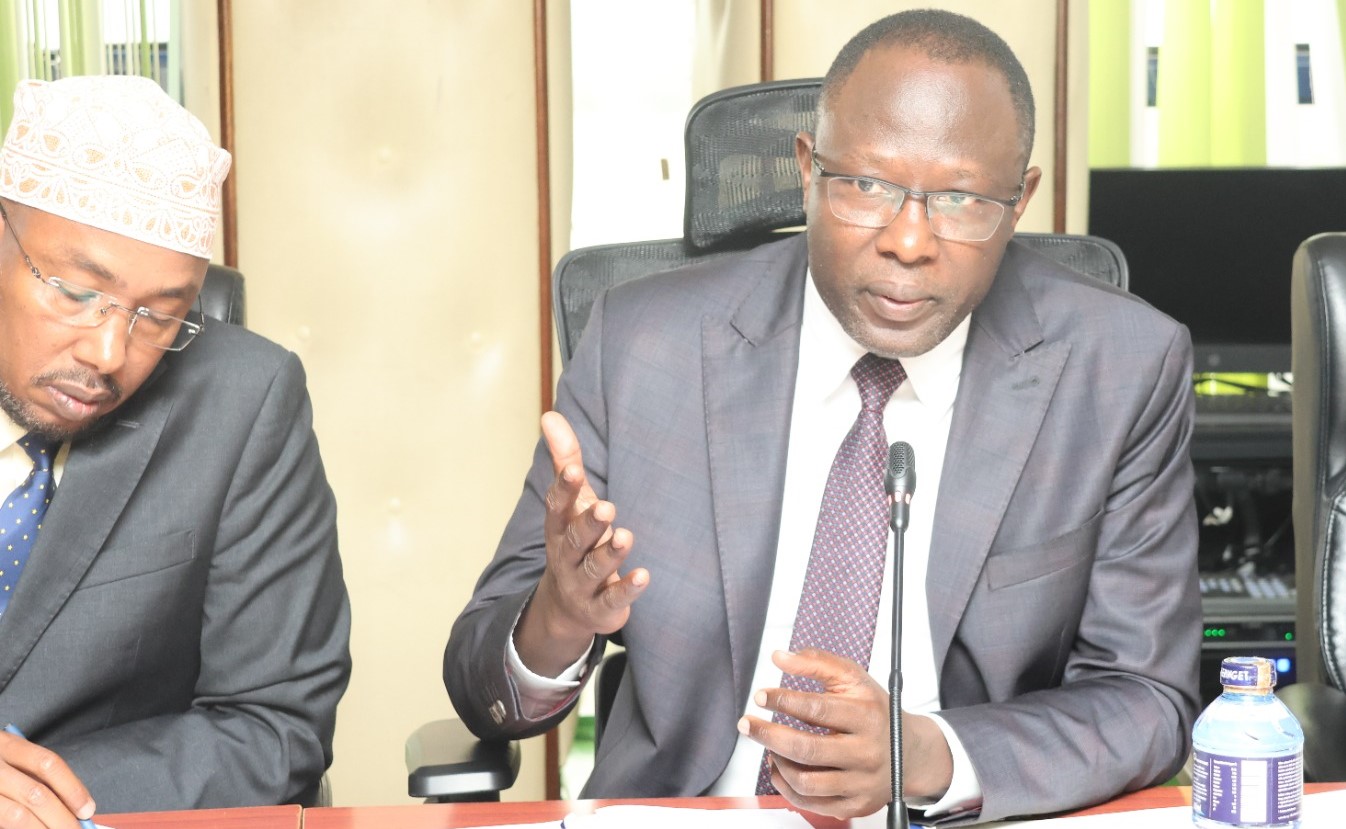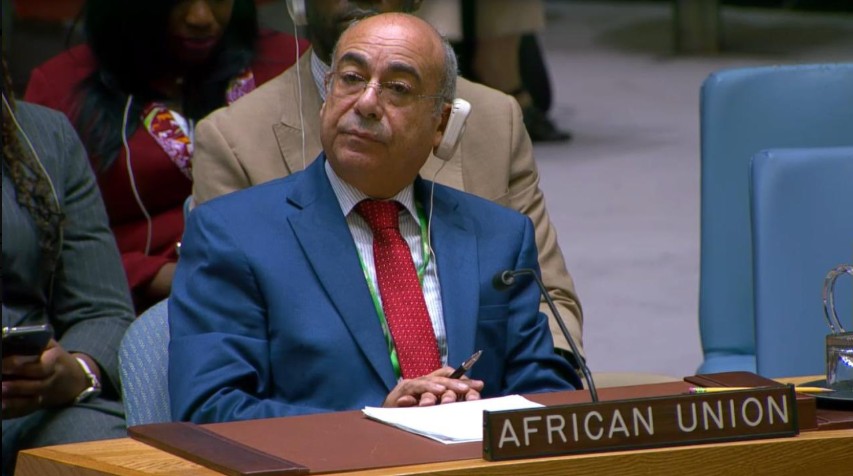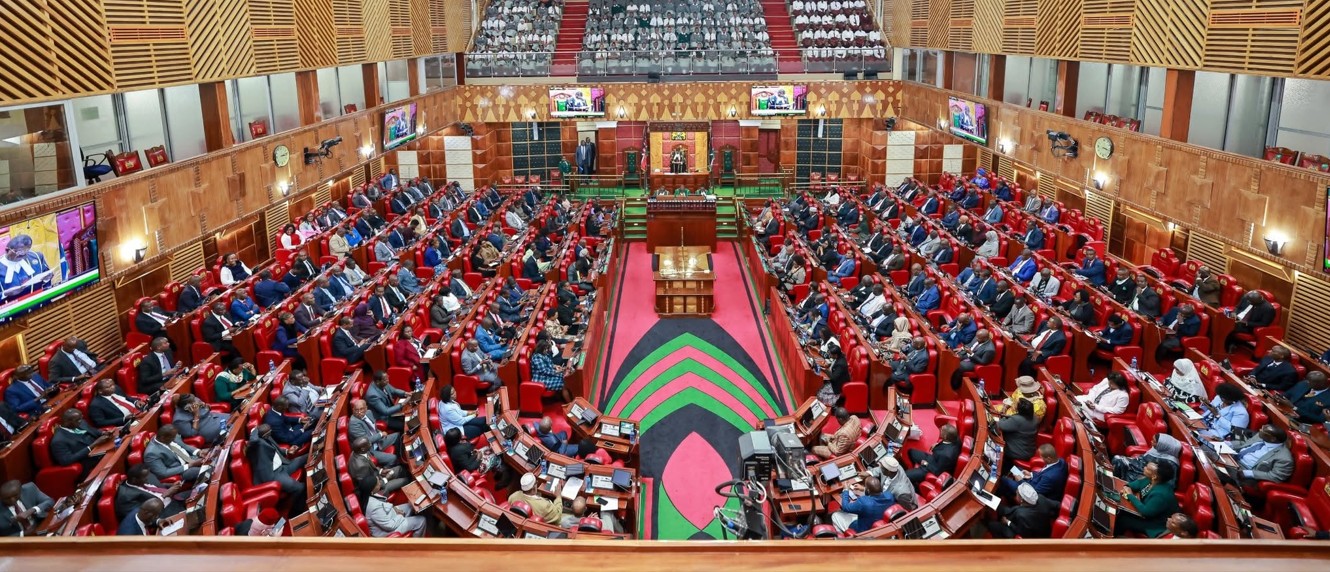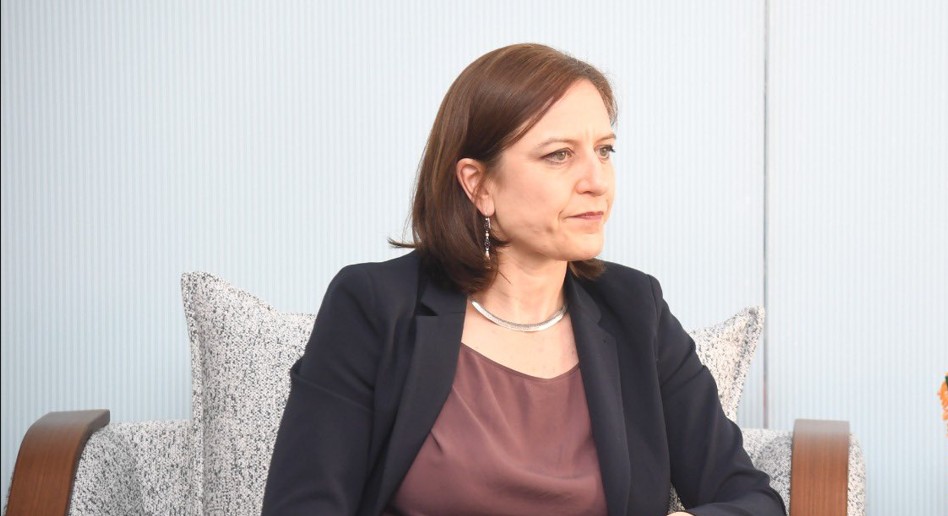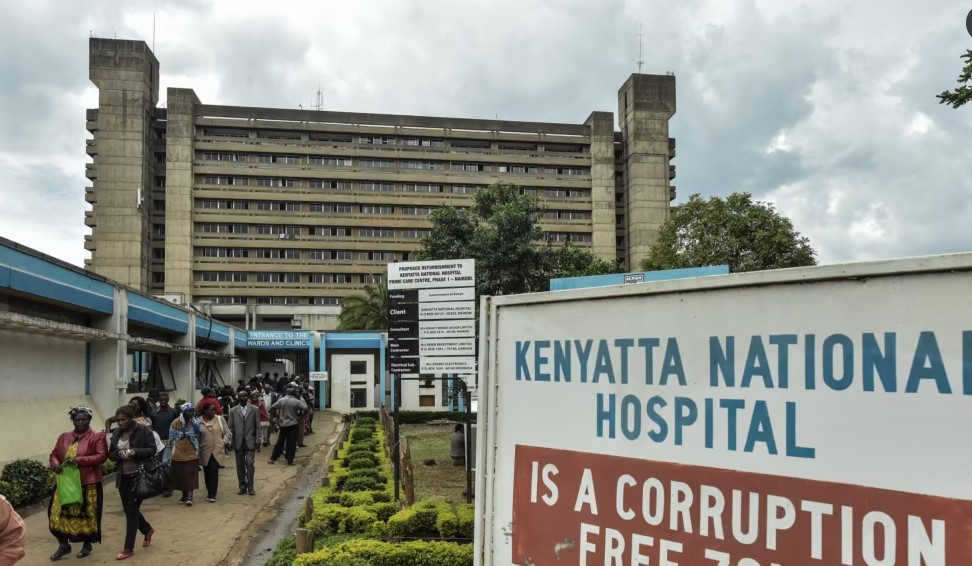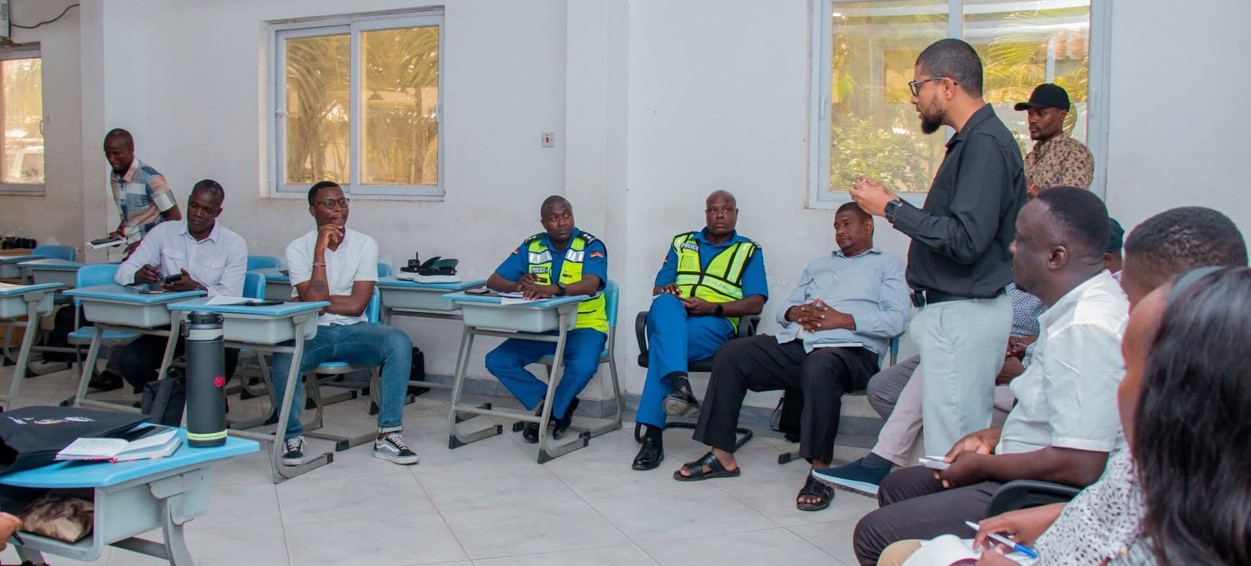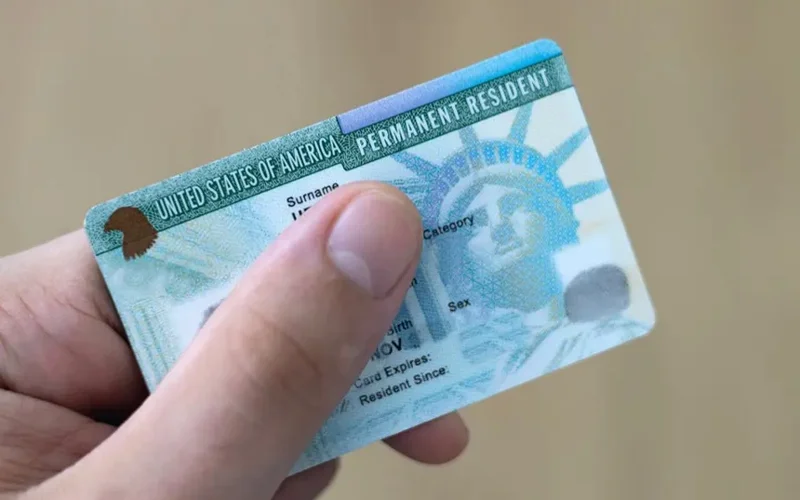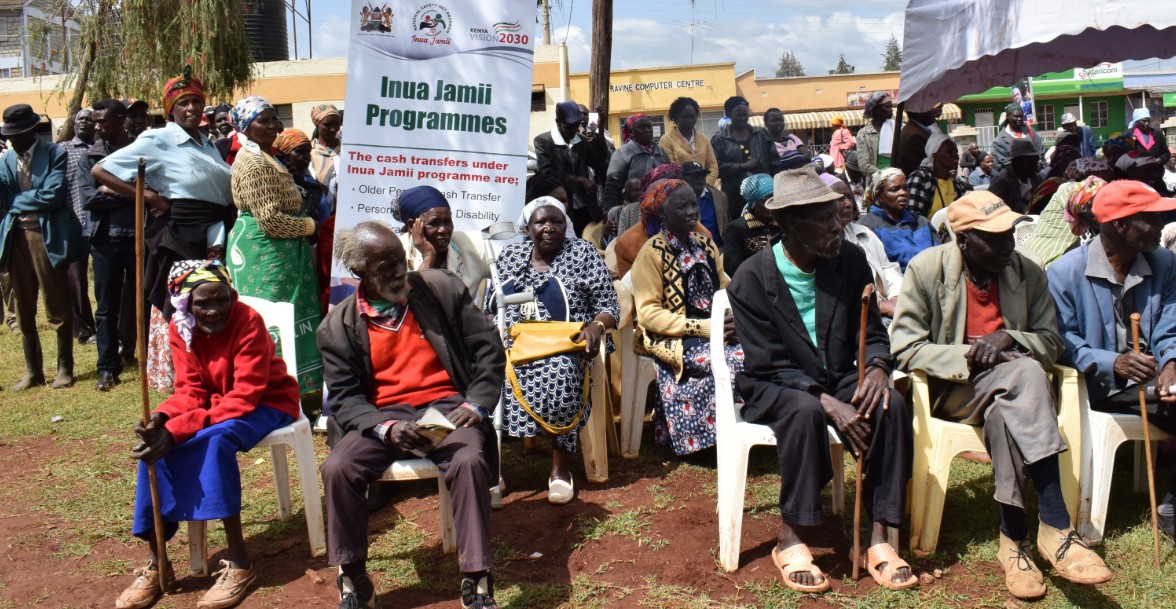Public schools strain as Treasury fails to release Sh59 billion capitation funds
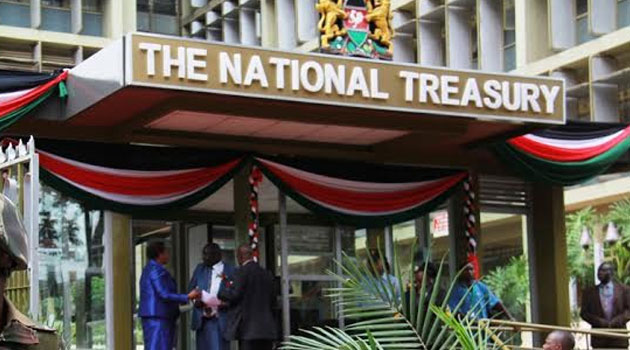
Secondary schools have borne the brunt of these deficits, consistently falling short of their per-student allocation.
Education Cabinet Secretary Julius Ogamba has revealed that the National Treasury owes the Ministry of Education Sh59 billion in capitation arrears, placing a financial strain on public schools nationwide.
Ogamba said the delayed funds have significantly impacted school operations, with institutions struggling to provide basic resources and maintain quality educational standards.
More To Read
- KNUT urges urgent release of funds, strengthening of school feeding programme in Garissa
- Schools warn national exams integrity at risk as delayed funds disrupt preparations
- No job losses as Education Ministry announces major parastatal restructuring
- AU launches 10-year initiative to improve education in Africa
- MPs raise concerns as missing Kenya School of TVET title deed hinders school’s operations and reforms
- Sh7.9 billion at centre of prolonged gov't–lecturers standoff as students warn of joining strike
He said that for nearly five years, the Ministry of Education has failed to reach the approved capitation rate for students in primary, junior secondary, and secondary schools.
He said this backlog has created financial difficulties for schools, especially affecting 1,424 primary school learners, 1,542 junior secondary learners, and 22,244 secondary school students.
“When you do not give enough money to the schools, there is evidence that the quality and performance of some of the schools may fall below the required standards because it becomes very difficult for the headteachers to run the schools,” Ogamba said while addressing the Senate on Wednesday.
He further noted that as school enrolments continue to rise under the government’s 100 per cent transition policy, the Treasury's disbursements have not scaled to meet the increased demand.
“The figures that are being disbursed by the Treasury against the requirement of the 100 per cent transition policy are not proportional to the increasing number of students,” he said, adding that the Treasury’s allocations have been insufficient to meet actual capitation needs.
The ministry’s capitation arrears have accumulated over five financial years, with funding shortfalls of Sh3 billion in 2018/2019, Sh6 billion in 2019/2020, Sh16 billion in 2020/2021, Sh17 billion in 2021/2022, and Sh17.6 billion in 2022/2023.
Secondary schools have borne the brunt of these deficits, consistently falling short of their per-student allocation of Sh22,444.
Efforts by the ministry to streamline capitation payments, including a recent shift from quarterly disbursements to a system distributing funds by term — 50 per cent in the first term, 30 per cent in the second, and 20 per cent in the third — have provided limited relief.
However, Ogamba warned that delays in Treasury disbursements continue to disrupt school management.
The financial crisis facing public schools recently prompted the Kenya Secondary Schools Heads Association (KESSHA) to threaten school closures, with concerns that the shortfall could affect preparations for national examinations in November.
In response, the CS said the ministry is determined to adapt, pledging to ensure the institutions maintain standards despite ongoing financial constraints.
“The financial challenge is an issue that, as a ministry, we have to grapple with and see what else can be done and find solutions on where else we can efficiently run using these funds to ensure that we are able to uphold the standards that we have set,” Ogamba said.
Top Stories Today

